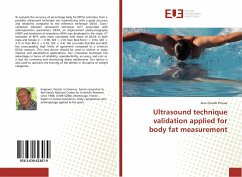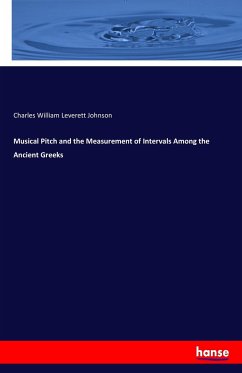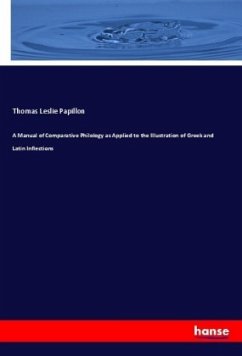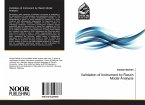To evaluate the accuracy of percentage body fat (BF%) estimates from a portable ultrasound technique not traumatizing with a good accuracy and reliability compared to the reference technique DEXA. Cross-validation between ultrasound technique (UT) associated with anthropometric parameters, DEXA, air displacement plethysmography (ADP) and bioelectrical impedance (BIA) was developed in the study. UT estimates of BF% were more correlated with those of DEXA in both male and female (r = 0.98, SEE = 2.0) than Bod-Pod (r = 0.94, SEE = 3.7) or than BIA (r = 0.92, SEE = 4.4). We conclude that BIA and ADP, has unacceptably high limits of agreement compared to a criterion DEXA measure. This new device should be used in routine in many medical and paramedical applications. Our innovative technique has advantages in terms of reliability, reproducibility, accuracy, and cost as a tool for screening and monitoring obese adolescents. Our device is also used to optimize the training of the athletein discipline of weight categories.








